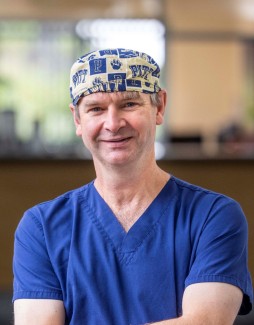Southern Cross Invercargill Hospital - Gynaecology
Description
Southern Cross' Invercargill hospital was originally established in 1919. It was bequeathed to Southern Cross in 1992 - and a new hospital was built and completed in August 1994.
The hospital is a top class facility in a very pleasant inner city location, situated opposite Queens Park.
Our hospital offers patients quality care and features comfortable patient rooms with pleasant surroundings and close by cafes for family and support people to access.
Our promise is a quality-driven and friendly service and we offer our patients excellent, modern facilities, and access to a range of elective surgical and specialist services including general surgery, gynaecological surgery, breast surgery, oral and maxillofacial surgery, orthopaedic surgery, otolaryngology, gastroenterology and endoscopy services, urology and vascular surgery.






